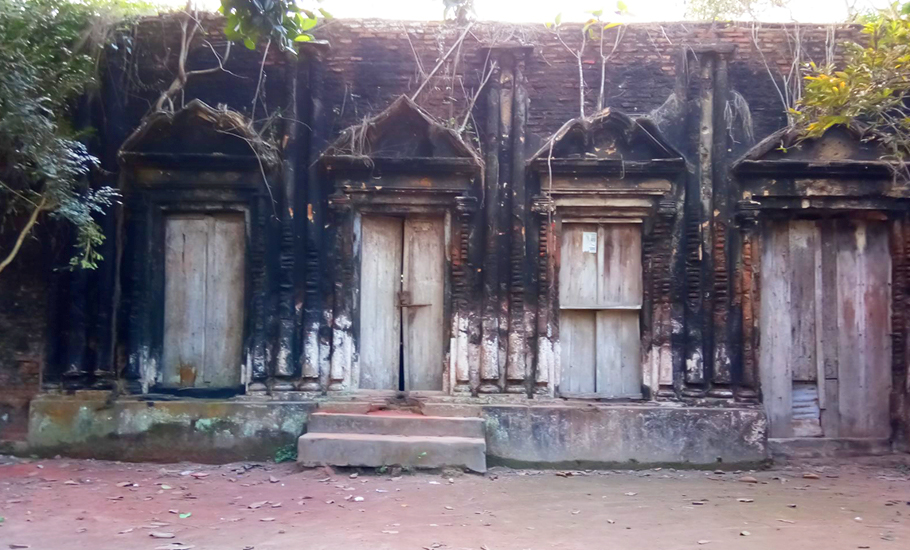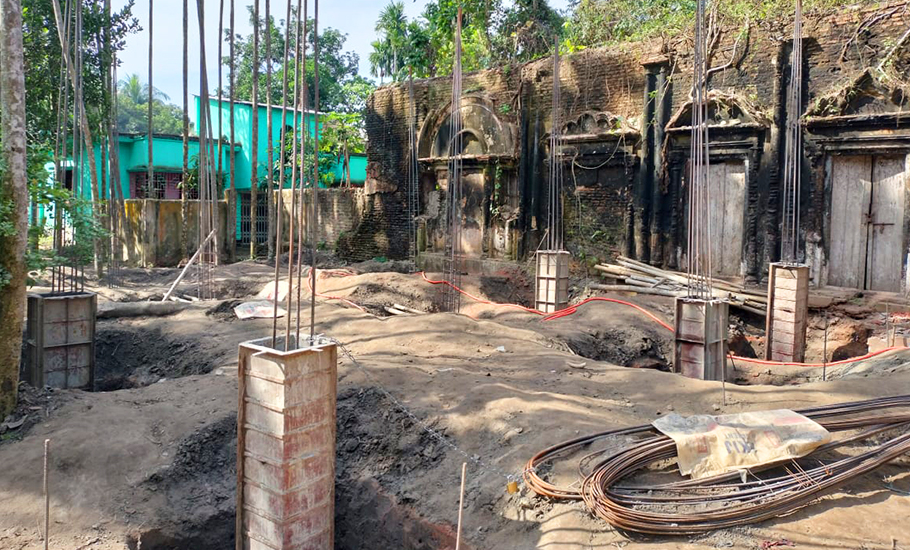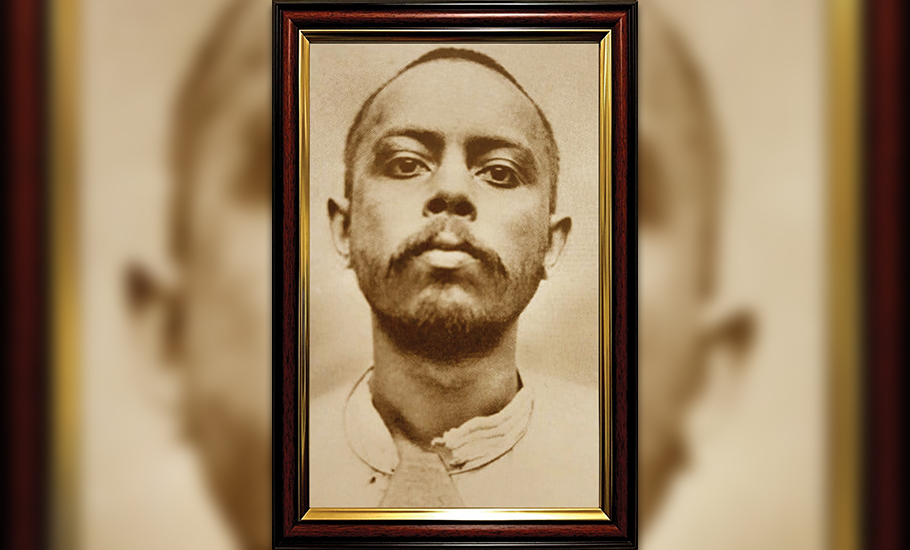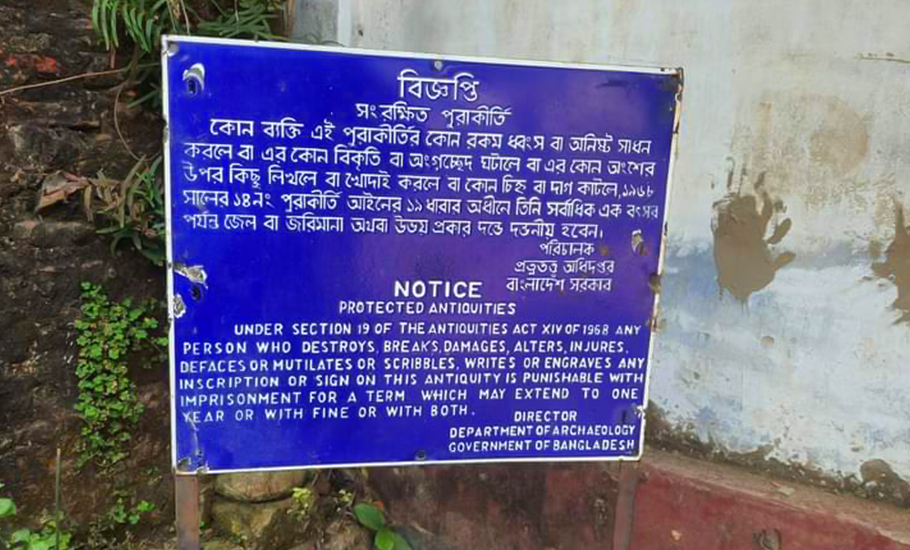
- Home
- News
- Analysis
- States
- Perspective
- Videos
- Education
- Entertainment
- Elections
- Sports
- Features
- Health
- Budget 2024-25
- Business
- Series
- Bishnoi's Men
- NEET TANGLE
- Economy Series
- Earth Day
- Kashmir’s Frozen Turbulence
- India@75
- The legend of Ramjanmabhoomi
- Liberalisation@30
- How to tame a dragon
- Celebrating biodiversity
- Farm Matters
- 50 days of solitude
- Bringing Migrants Home
- Budget 2020
- Jharkhand Votes
- The Federal Investigates
- The Federal Impact
- Vanishing Sand
- Gandhi @ 150
- Andhra Today
- Field report
- Operation Gulmarg
- Pandemic @1 Mn in India
- The Federal Year-End
- The Zero Year
- Premium
- Science
- Brand studio
- Newsletter
- Home
- NewsNews
- Analysis
- StatesStates
- PerspectivePerspective
- VideosVideos
- Entertainment
- ElectionsElections
- Sports
- Features
- BusinessBusiness
- Premium
- Loading...
Premium - India-Canada ties

How India-Bangladesh ‘blew up’ borders to save ‘bomb-maker’ Ullaskar Dutta’s house

A Kolkata resident, Subhro Kanti Gupta, took his octogenarian mother on a nostalgic trip to Kalikachha in the Brahmanbaria district of Bangladesh in December of 2019. It was the village which young Induprova, Subhro’s mother, had fled with her elder brother, sister and mother in the aftermath of the partition of Bengal in 1947. The village also happened to be the birthplace of an Indian...
A Kolkata resident, Subhro Kanti Gupta, took his octogenarian mother on a nostalgic trip to Kalikachha in the Brahmanbaria district of Bangladesh in December of 2019.
It was the village which young Induprova, Subhro’s mother, had fled with her elder brother, sister and mother in the aftermath of the partition of Bengal in 1947.
The village also happened to be the birthplace of an Indian freedom fighter, Ullaskar Dutta, who had plunged into militant nationalism in protest against the first partition of Bengal in 1905.
To his horror, Gupta found that the ancestral house of the revolutionary freedom fighter was not only consigned to oblivion but also encroached upon by a local Muslim League functionary.
“Current residents allowed us just a glimpse of the house from outside. Standing there I was thinking if this residence of historic importance could be preserved,” Gupta told The Federal.
With that faint desire, he returned to Kolkata. But remained in touch with the people he befriended at his mother’s village and the neighbourhood during the tour. Among them was a local journalist, Mohammad Masud.
In the meantime, Gupta mobilised a group of like-minded people to form the Ullaskar Dutta Academy at Kolkata in 2021 with an aim to brush the dust off the role played by Dutta and other armed revolutionaries in the Indian freedom struggle.

Just as the academy was contemplating its future course, news about some construction work being planned at the courtyard of Dutta’s dilapidated ancestral home came from Bangladesh.
“When Masud informed me about the development, we in the academy got alarmed. Our fear was that the old structure would be pulled down for the proposed multi-storey building,” Gupta said. “Moreover, the original building would have been obscured by the new structure in front of it.”
Gupta took up the matter with the Brahmanbaria district branch of Udichi Shilpigoshthi, the largest cultural organisation in Bangladesh.
When Gupta told district president of the group, Zahirul Islam Chowdhury Swapan, about the construction of the new building, he was taken aback.
Swapan is a renowned cultural-activist involved in preservation of Bangladesh’s culture and heritage. He too sensed a sinister design in the construction and felt the need to preserve the original home of the freedom fighter as a “heritage property”.
What followed is a joining of forces by a group of heritage enthusiasts separated by national boundaries but united by common legacy.
Before delving into how these enthusiasts from India and Bangladesh ultimately saved Dutta’s sesquicentennial ancestral house from going under the bulldozer, it is imperative to throw some light on the revolutionary whose bomb-making skill had added a new dimension to India’s freedom struggle.
The bomb-maker
It was the winter of December 1907. A train carrying the then lieutenant governor of Bengal, Andrew Faser, was chugging into Kharagpur, piercing through the fog that was adding to the difficulty of seeing in the night.
A mine containing five pounds of explosive dynamite went off as the train reached Narayngarh, damaging the engine. But it failed to derail the train, saving Faser from any harm.
The mine was devised by none other than Ullaskar Dutta.
Another bomb Dutta prepared was hurled by Khudiram Bose and Prafulla Chaki a few months later at district magistrate of Muzaffarpur Douglas Kingsford.

As luck would have it, the wife and daughter of barrister Pringle Kennedy were travelling in the Kingsford’s horse-drawn carriage on that fateful evening of April 30, 1908. The two British women died in the bomb attack.
Bose was arrested and subsequently executed. Chaki committed suicide to prevent getting arrested.
A massive crackdown was launched to unearth the larger conspiracy. This led to the arrest of several members of the clandestine revolutionary group called Anushilan Samiti. Ullaskar Dutta was one of them.
He was sentenced to death by hanging in 1909. After an appeal, the court commuted his death sentence was to life imprisonment. But the life term was no less traumatising than death. To serve the life-term, Dutta was deported to Cellular Jail in the Andaman and Nicobar Islands. There electric shocks were regularly administered to him, that had an adverse effect on his mental health. Following the shocks, Dutta remained unconscious for days.
Nevertheless, enduring excruciating tortures of the British jail authorities, Dutta lived till 1965. But like most armed revolutionaries, he remained an unsung hero in India’s freedom movement.
The forgotten hero
His ancestral home in Bangladesh remained illegally occupied for decades without anyone caring a fig until the Kolkata-based academy named after him joined hands with the Udichi group of Bangladesh to protect and preserve it.
“I told Swapan-vai (Zahirul Islam) that Udichi should launch a mass movement for preservation of the house. Accordingly, it organised several protest programmes including forming human chains in front of the house,” Gupta recalled. Even Sahitya Academy joined the protest programmes.
“Ullaskar Dutt’s house was a piece of our history and so it needed to be protected by bringing it under the archaeological protected sites,” said Zahirul Islam.
In the face of public pressure, Sheikh Hasina-led Awami League government earlier this year decided to preserve the house of the revolutionary as an antiquity considering its historic importance.
Director General of Antiquities Preservation Wing of Directorate of Archeology Chandan Kumar Dey conveyed this to Deputy Commissioner of Brahmanbaria in an official communique in January this year.

The Bangladesh government’s department of archaeology recently also put up a signboard at the property declaring it as “Protected Antiquities”.
There is a renewed hope now that not only will Ullaskar Dutta’s house be saved but the episode will infuse a new life in the effort to celebrate the legend.

